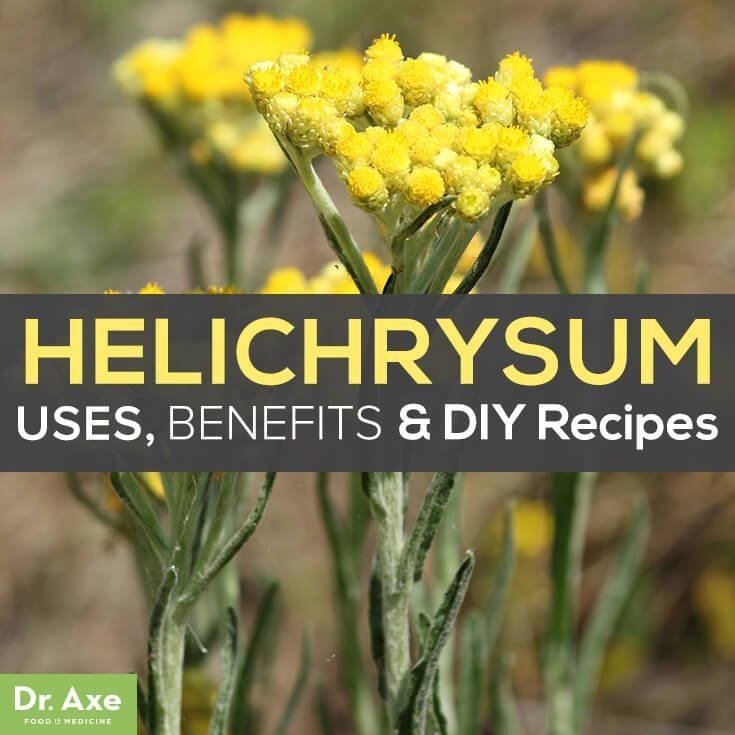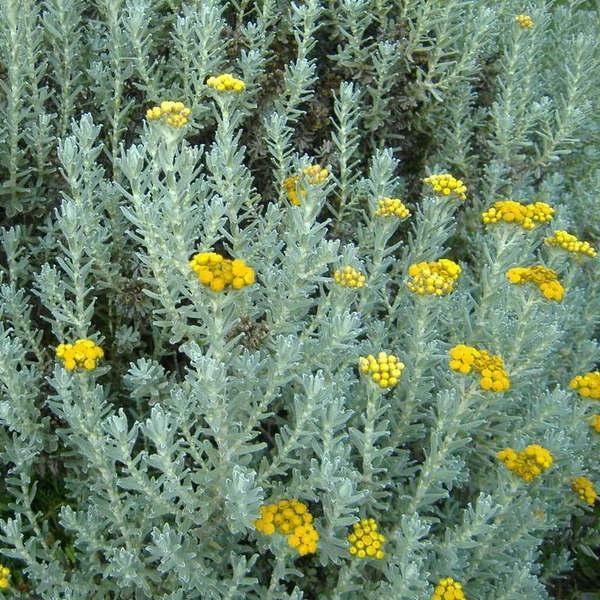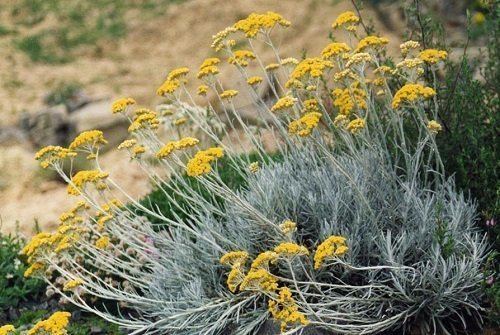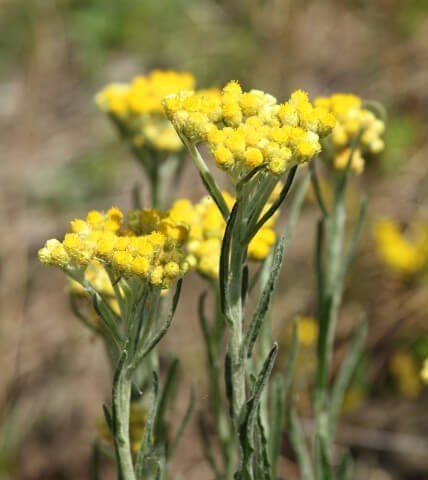Scientific name Helichrysum Rank Genus | Higher classification Gnaphalieae | |
 | ||
Lower classifications Curry plant, Helichrysum arenarium, Shrubby Everlasting, Helichrysum petiolare, Helichrysum sanguineum | ||
Helichrysum
The genus Helichrysum /hɛlᵻˈkraɪsəm/ consists of an estimated 600 species, in the sunflower family (Asteraceae). The type species is Helichrysum orientale. The name is derived from the Greek words ἑλίσσω (helisso, to turn around) and χρῡσός (chrysos, gold).
Contents

It occurs in Africa (with 244 species in South Africa), Madagascar, Australasia and Eurasia. The plants may be annuals, herbaceous perennials or shrubs, growing to a height of 60–90 cm (24–35 inches). The genus was a wastebasket taxon, and many of its members have been reclassified in smaller genera, most notably the Everlastings, now in the genus Xerochrysum.
Their leaves are oblong to lanceolate. They are flat and pubescent on both sides. The bristles of the pappus are scabrous, barbellate, or plumose.

The receptacle (base of the flower head) is often smooth, with a fringed margin, or honey-combed, and resemble daisies. They may be in almost all colors, except blue. There are many capitula and generally flat-topped corymbs or panicles. The corolla lobes show glandular hairs at the abaxial surface.

Several species are grown as ornamental plants, and for dried flowers. When cut young and dried, the open flowers and stalks preserve their colour and shape for long periods.

Helichrysum species are used as food plants by the larvae of some Lepidoptera species including the bucculaticid leaf-miners Bucculatrix gnaphaliella (which feeds exclusively on Helichrysum arenarium) and Bucculatrix helichrysella (feeds exclusively on H. italicum) and the Coleophora case-bearers C. caelebipennella, C. gnaphalii (feeds exclusively on H arenarium) and C. helichrysiella (feeds exclusively on H. italicum).

Helichrysum italicum (synonym Helichrysum angustifolium) is steam distilled to produce a yellow-reddish essential oil popular in fragrance for its unique scent, best described as a mixture of burnt sugar and ham. Angustifolium means narrow leaved. The name is commonly misspelled as "augustifolium".

Commercial grower tips benefits suntory helichrysum chrysocephalum
Species
Hilliard (1983) divided this large and heterogeneous genus in 30 morphological groups. But this genus is controversial and is considered by many as an artificial genus. The taxonomy of the large polymorphic and probably polyphyletic Helichrysum genus is complex and not yet satisfactorily resolved. Several Australian species, such as H. acuminatum and H. bracteatum, have been reclassified in the genus Xerochrysum in 1991, resp. as X. subundulatum and X. bracteatum. In 1989, misaligned species of Helichrysum were reclassified in Syncarpha. Species included in Pseudognaphalium, Anaphalis, Achyrocline and Humeocline are probably congeneric with Helichrysum. In 2004, A. Miller identified five potentially new species that have not yet been published but were included in the IUCN Red List data, given their restricted range in Yemen. They are as follows:
Established species include:
